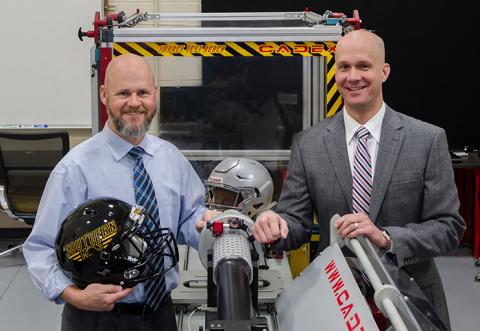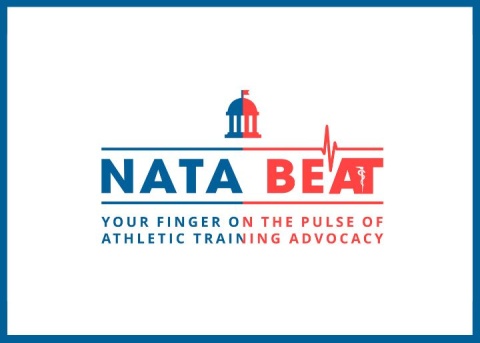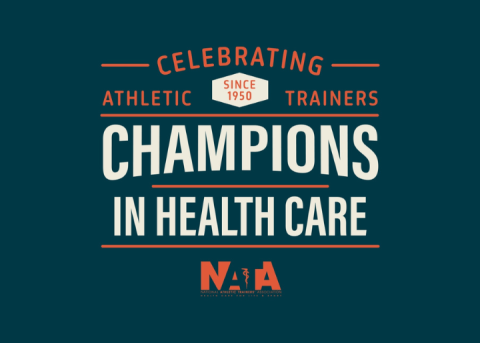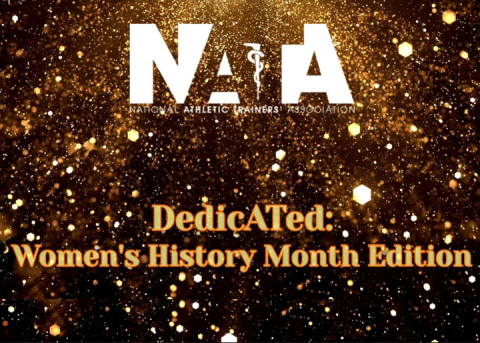
The cover story of the October NATA News, our annual Research Issue, examined a $4.9 million research project funded by the Department of Defense and U.S. Army to improve safety for warfighters through advanced liner systems and a better understanding of brain injuries.
The research project, taking place at the University of Southern Mississippi, is being led by Trenton Gould, PhD, ATC, dean of the College of Health, interim dean of the College of Education and Psychology and professor in the School of Kinesiology and Nutrition; Scott Piland, PhD, ATC, director and professor in School of Kinesiology and Nutrition; and Jeff Wiggins, PhD, director of the School of Polymers and Engineering. Along with their multidisciplinary team, the trio hopes the discoveries made through the DOD-funded project – which includes liner system development, football helmet testing and tracking impact biomechanics – will improve safety for not only the warfighter, but also the athlete.
“What’s really interesting about this is we’re at the edge of science and industry, and we are creating a newer, safer helmet liner for the soldier," Gould said. “Overall, we hope to gain a better understanding of the human-material interface, which will ultimately translate back into sporting use applications.”
Piland said when he and Gould joined the University of Southern Mississippi, they knew they wanted to conduct research that would improve safety for those in the military and sports settings.
“I’ve always done concussion research since my time in graduate work, and this is something that we’ve just built upon because it’s such a high area of need,” he said. “Anything we can do to lessen the burden on society is important and beneficial, I think, and that’s always going to be our goal.”
When Gould and Piland joined USM, they had an interest in grant writing, but needed guidance.
“We were simply looking for mentorship for grant writing, so we went around our campus looking for individuals who had quite a bit of success in doing that,” he said.
During their search for a mentor, they met Dr. Charles Hoyle, a polymer chemist and physicist in the USM School of Polymers and Engineering.
“He took us under his wing and really just provided us a strong mentorship during our first couple of years as junior faculty,” Piland said.
With Hoyle as their mentor, however, they got more than just insight into grant writing – they were exposed to a new field in which to use their background in athletic training.
“[Hoyle] had some highly unique materials that he had developed in his lab that really had no application, but as athletic trainers we were able to see those materials and immediately think of applications,” Piland said. “It just snowballed after that.”
Realizing the real-world uses of the work being conducted in the polymer science department, Gould and Piland became involved in the research, development and testing of sports equipment.
The duo partnered with Wiggins in 2011 to help continue development of a liner system created by USM for use in football helmets produced by Rawlings Sporting Goods. The helmets have been worn by athletes of all levels and received a five-star rating – the highest safety rating possible – from the Virginia Tech Helmet Ratings.
More recently, Gould and Piland have used their expertise to improve mouthguards and dental safety.
“We’ve done research on mouthguard materials and have looked at the function of mouthguards and how the perform,” Piland said. “That led to developing a certain amount of expertise over time, which culminated with Dr. Gould leading the most recent position statement [‘Preventing and Managing Sport-Related Dental and Oral Injuries’] that was released [in October 2016].”
Gould said after they were exposed to the world of polymer science, it made sense for athletic trainers to be involved in product development because their skill set gave them an understanding of injuries and athlete needs that other researchers may not possess.
“We developed this expertise of what happens when a material and a human being interface,” he said. “There is a science there and that’s what we’ve made our careers in the last 10 years.”




